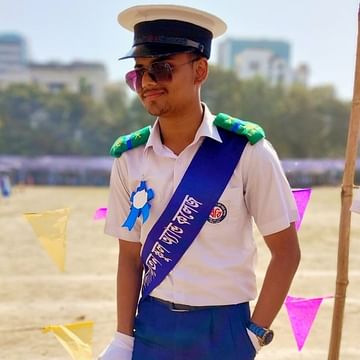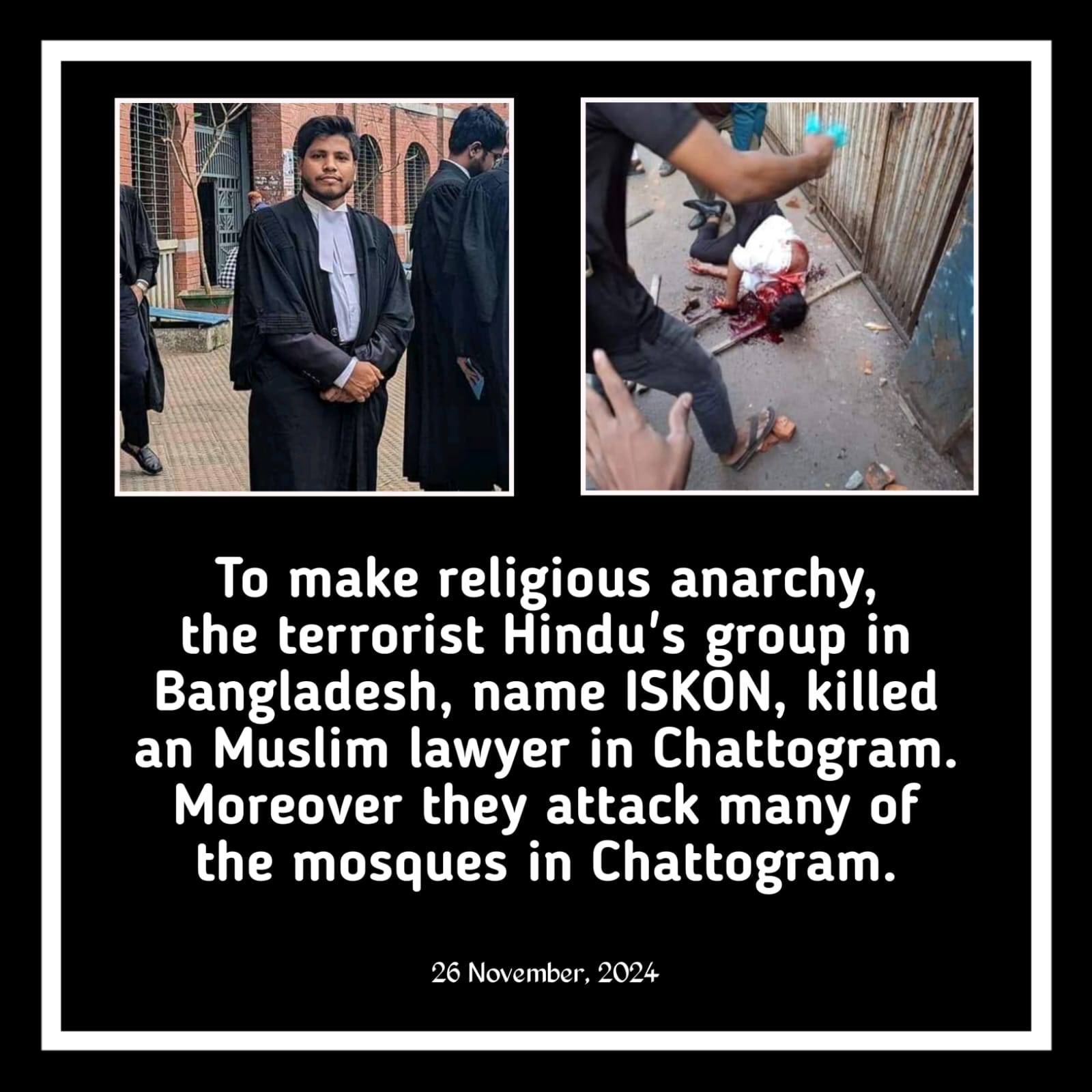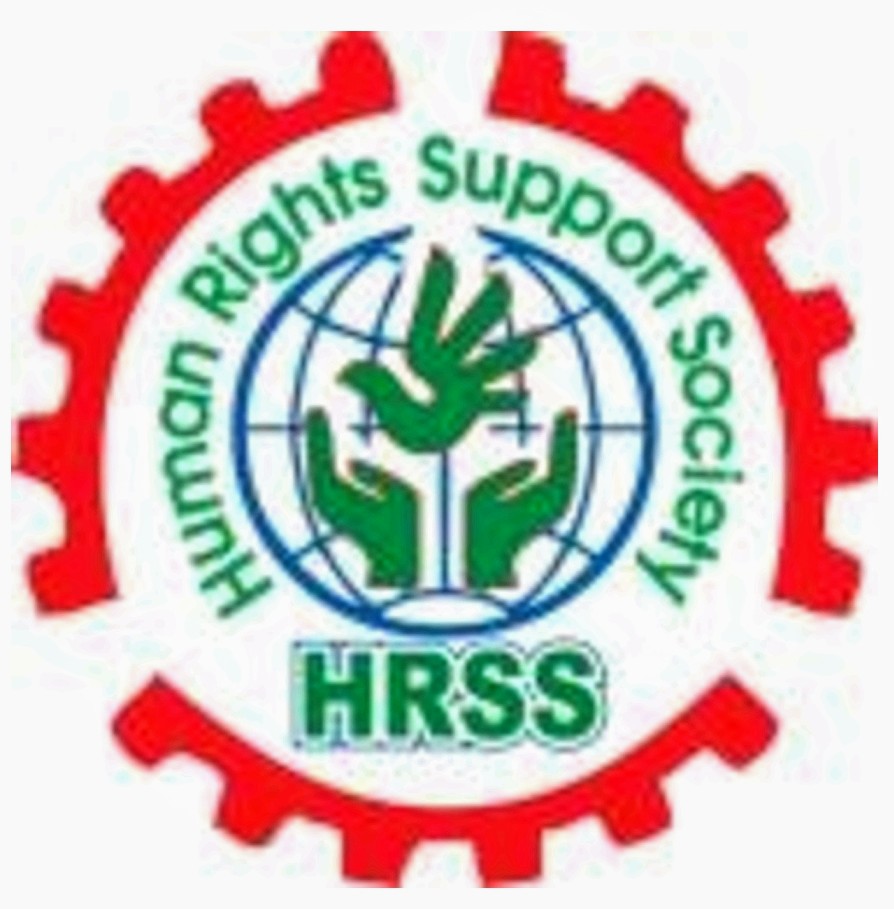Golam Nafiz was still holding onto the rickshaw rod when he was lifted onto the rickshaw’s footboard by the police after being shot. When rickshaw driver Noor Mohammad tried to take Nafiz to a hospital in Farmgate, several Awami League leaders reportedly stopped them, according to a witness journalist. The rickshaw driver then proceeded towards Khamarbari with the 17-year-old Nafiz.
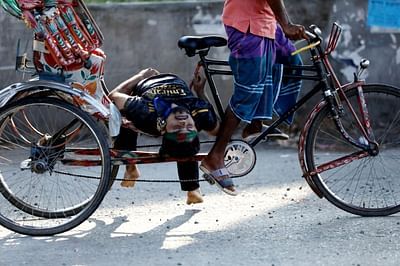
When rickshaw driver Noor Mohammad tried to take Nafiz to a hospital in Farmgate, several Awami League leaders reportedly stopped them, according to a witness journalist. The rickshaw driver then proceeded towards Khamarbari with the 17-year-old Nafiz.
Despite the police and Awami League leaders’ attempts to intervene, Jibon Ahmed, a photojournalist from the daily Manabzamin, managed to take several pictures of Nafiz hanging from the rickshaw’s footboard. One of these photos, which was published on the front page of the newspaper after midnight on August 4th, quickly spread on Facebook. Seeing the picture, Nafiz’s parents realized the fate of their son. Now, both the parents and the photojournalist regret that if Nafiz had been taken to the hospital sooner and given primary treatment, it might have been possible to save his life.
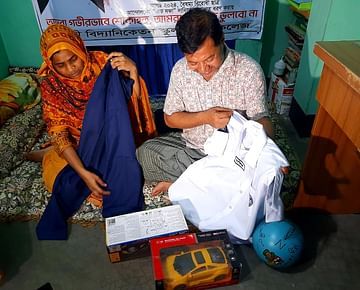
Golam Nafiz, who died from gunfire during the violent clashes that erupted over the government job quota reform movement, had recently passed his SSC exams with a GPA-5 from Banani Bidyaniketan School and College and had been admitted to the eleventh grade. He lived with his family in Mohakhali, and he was the younger of two brothers.
A large banner with two pictures of Nafiz—one bloodied, hanging from the rickshaw’s footboard with the national flag tied around his head, and the other a smiling portrait—was hung in his room. Nafiz’s elder brother, Golam Russell, having completed his HSC, was about to enroll in a private university. Nafiz had arranged his study table with his brother’s books and had bought a sweater to wear during winter along with his new college uniform. Now, these items remain untouched in his room.
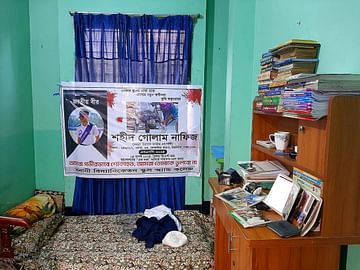
Nafiz’s parents, Golam Rahman and Nazma Akhtar, sat in his room, showing a packet containing his new college uniform, a blue ball from his childhood, and a remote-controlled toy car. They said, “Even though Nafiz was in college, he still played with these. He used to participate in debates at school.”
Holding a picture of his son’s bloodied body on the rickshaw’s footboard, Golam Rahman, a businessman by profession, lamented, “See, my son was holding onto the rickshaw rod. We searched so much for him. If we had found him then, we could have tried to save him. The bullet that entered his chest exited through his back. Later, we heard that my son, who was like the moon, was in the morgue.”
When the clashes began at Farmgate around 4:30 PM on August 4th, Nafiz, who had left his phone at home, called his mother from a friend’s phone at around 3 PM, informing her that he was at Farmgate and was safe. He promised to return home soon.
Golam Rahman recounted that the streets were in chaos that day. He set out to search for his son, facing police barriers multiple times. He circled Farmgate and Sonargaon several times, checked various police stations, thinking that perhaps his son had been detained. Failing to find him, he also searched Dhaka Medical College Hospital and Bangabandhu Sheikh Mujib Medical University.
Eventually, around 12:30 AM, Golam Rahman returned home. His elder son showed him the photo published in Manabzamin. Realizing his son might no longer be alive, he began searching hospitals again.
Later, he learned that Nafiz’s body was at the morgue of Shaheed Suhrawardy Medical College Hospital. After bringing his son’s body home, Golam Rahman personally bathed him, saying, “I bathed my son’s body myself. It was so painful.”
Talking to Nafiz’s friends who were with him at the time, Golam Rahman tried to piece together the events of that tragic day, hoping to find out if there was any way he could have saved his son.

